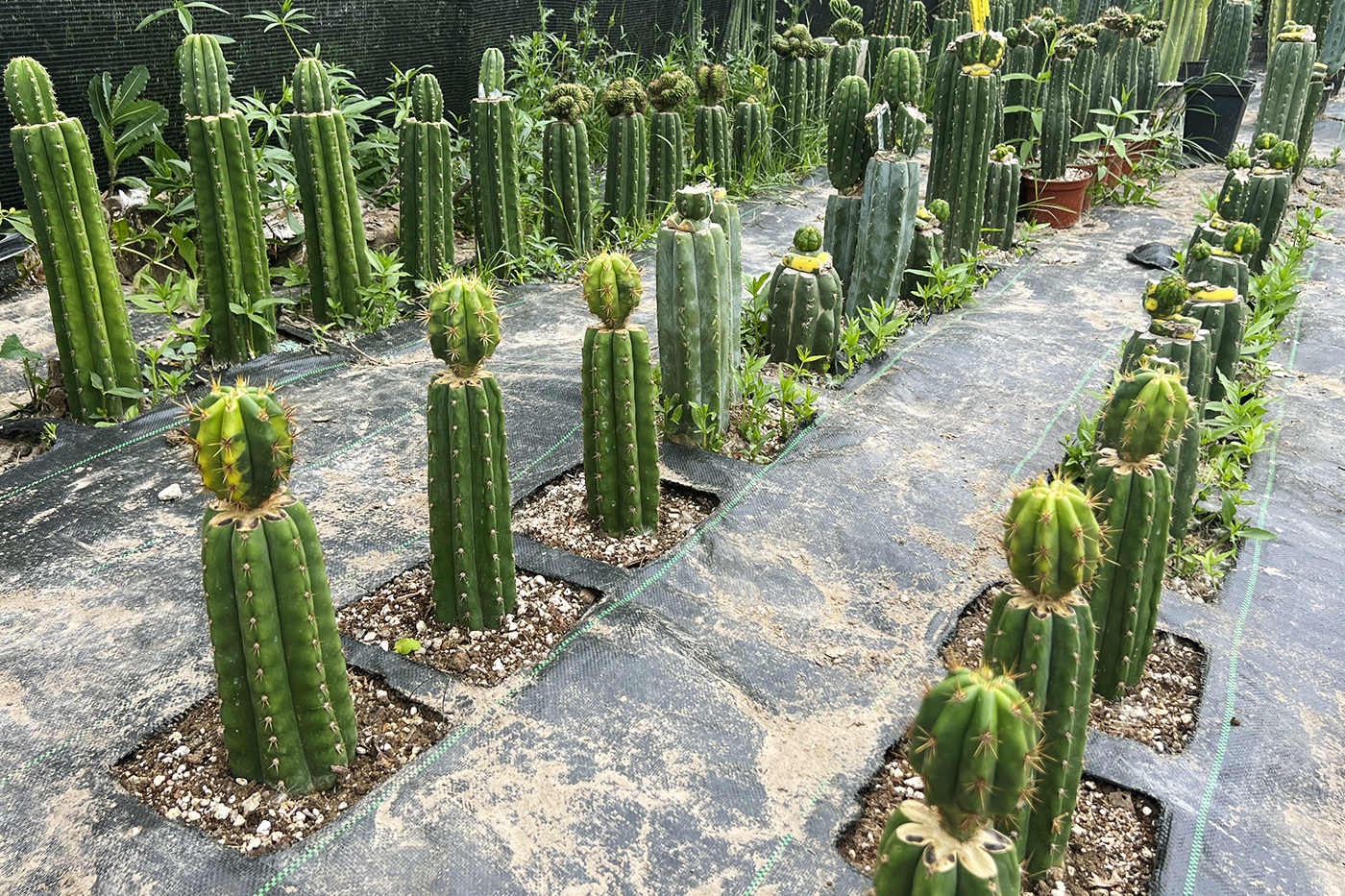The Trichocereus genus is known for its species diversity and adaptability to various environments. Native to South America, particularly regions of Bolivia, Chile, Ecuador, and Peru, these cacti grow at altitudes ranging from 2,000 to 3,000 meters. Their uses are broad—ranging from ornamental to traditional medicinal purposes in Andean cultures—highlighting their ecological and cultural significance.
Though resilient, Trichocereus cacti require specific care, especially when it comes to their soil mix. Choosing the right substrate not only ensures optimal growth, but also helps prevent disease and supports healthy development.
Key Characteristics of Trichocereus Substrates
To grow strong and healthy, a Trichocereus substrate should provide:
-
Excellent Drainage: These cacti are sensitive to excess moisture and need soil that allows water to flow freely.
-
Good Aeration: Air circulation around the roots helps prevent rot and encourages root development.
-
Essential Nutrients: While Trichocereus can survive in poor soils, a nutrient-enriched mix promotes stronger growth and better flowering.
Recommended Soil Mixes for Trichocereus (with Pros and Cons)
1. Commercial Cactus Potting Mix
Description: Typically composed of peat, perlite, and sand.
-
✅ Pros: Readily available, provides decent drainage, and easy to use.
-
❌ Cons: Some mixes retain too much moisture—use with caution in humid environments.
2. Sand and Perlite-Based Mix
Description: A 50/50 mix of coarse sand and perlite.
-
✅ Pros: Excellent drainage—ideal for wet climates or growers prone to overwatering.
-
❌ Cons: Lacks nutrients, so regular fertilization is recommended.
3. Custom Garden Soil Mix
Description: One part garden soil, one part perlite, and one part pine bark or wood chips.
-
✅ Pros: Balanced mix offering nutrients, aeration, and drainage.
-
❌ Cons: Requires more effort to prepare and source components.
4. Coconut Coir Substrate
Description: Made from coconut fiber, this sustainable mix is eco-friendly and biodegradable.
-
✅ Pros: Great moisture retention with good aeration; a renewable resource.
-
❌ Cons: Often needs to be combined with organic matter or fertilizers to prevent compaction and nutrient deficiency.
5. Volcanic Rock Substrate
Description: Consists of lava gravel or pumice, ideal for maximizing drainage and airflow.
-
✅ Pros: Long-lasting, doesn’t degrade over time, offers superior drainage.
-
❌ Cons: Can be harder to find and often needs to be blended with other materials to improve nutrient retention.
General Recommendations for Growing Trichocereus
🔧 Customize Your Mix
Experiment with different ratios based on your local climate and the specific species of Trichocereus. There’s no one-size-fits-all solution.
💧 Water with Care
Regardless of the substrate, never overwater. Always use pots with drainage holes and let the soil dry out between waterings.
👁️ Observe Your Plant
Monitor your cactus closely. Symptoms like yellowing, wilting, or soft spots may indicate poor drainage or an unsuitable mix. Adjust accordingly.
🌵 Conclusion
Choosing the right soil mix for your Trichocereus can make the difference between a thriving cactus and one in decline. Whether you opt for a commercial mix, a DIY blend, or an innovative material like coconut coir, the key lies in understanding your plant’s natural needs and recreating those conditions as closely as possible.
With the proper substrate and a little care, your Trichocereus can flourish and become a standout in any cactus collection.




